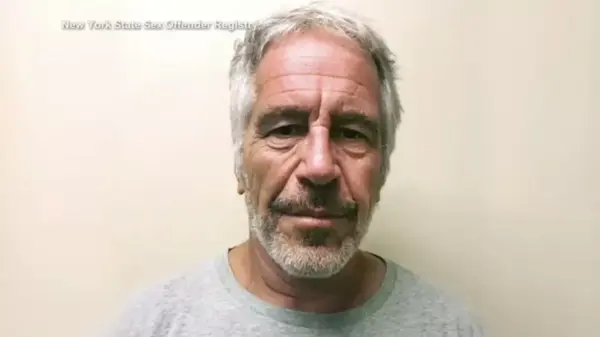Each year, thousands of individuals in Washington State are subjected to involuntary treatment under the state’s Involuntary Treatment Act. These residents are often removed from their homes and taken to psychiatric facilities, where they are confined to sterile environments and compelled to take medication. They cannot leave until a medical facility or a judge grants permission. This system is designed not as a punitive measure, but to provide necessary care for individuals deemed a danger to themselves or others due to severe mental illness.
Despite the intentions behind the Involuntary Treatment Act, ethical questions arise about the extent to which civil liberties can be curtailed in the name of treatment. Many stakeholders, including lawmakers and healthcare professionals, express concerns over the effectiveness of the current system. Individuals often exit treatment traumatized and may return within months, highlighting significant flaws in the approach to mental health care.
While there is a consensus on the need for reform, substantial changes have yet to be implemented. Over the past decade, various laws have been passed to address gaps, such as lowering the criteria for commitment and expanding treatment options for substance use disorders. Yet, these measures have largely gone underutilized, leaving communities to grapple with inadequate resources and staff shortages.
Challenges in Implementation
The complexities of Washington’s involuntary treatment system date back to 1973, when the law first allowed for involuntary commitment based on the potential danger to oneself or others. Unlike other states, where law enforcement or psychiatrists can initiate evaluations, Washington mandates that only designated crisis responders—mental health professionals employed by county governments—can hold an individual for treatment.
The financial implications are significant, with the state spending approximately $63.7 million last year on bed and court costs related to involuntary treatment. According to the Health Care Authority, about 3,100 individuals were committed for at least 14 days in 2024, with many more initially detained. Alarmingly, 20% of those committed had been involuntarily treated in the previous year, indicating that the system often fails to provide lasting solutions.
Rep. Lauren Davis, a key advocate for reform, cites funding as the primary barrier to making substantial changes. The state’s large budget deficit has made lawmakers wary of adjusting commitment standards, as easing these criteria could lead to increased costs. A proposal to relax the commitment standard for individuals with substance use disorders did not advance in the current legislative session, underscoring the challenges of aligning fiscal realities with the need for reform.
Advocates Push for Systematic Change
In response to these challenges, an ITA task force comprising attorneys, mental health professionals, and law enforcement officials is conducting a listening tour across Washington. This initiative aims to gather insights from individuals who have experienced involuntary treatment and those who work within the system. The findings from initial meetings in Whatcom County reveal a desire for improved coordination among social services and other intersecting programs, particularly during transitions in and out of treatment.
Despite the historical context that necessitated protections against unjust commitments, the current framework still struggles to find a balance between individual rights and public safety. Advocates emphasize the importance of using involuntary treatment as a last resort and argue for more investment in upstream services that could prevent individuals from reaching a crisis point.
Laura Van Tosh, a mental health advocate, highlights the potential benefits of community-based services, stating that individuals should have access to treatment closer to home. She notes that initiatives like the five crisis and stabilization centers being developed in King County could help address this issue, as they provide alternatives to long-term hospitalization.
As stakeholders navigate the complexities of Washington’s mental health system, the need for coordinated efforts and resources becomes increasingly evident. The current system’s reliance on involuntary treatment indicates a significant gap in accessible mental health care and preventative measures. Matt Sanders, interim director of the King County Department of Public Defense, advocates for investment in intermediate solutions that support individual autonomy while enhancing public safety.
The intertwined nature of mental health treatment and civil liberties continues to pose challenges for both patients and policymakers. As discussions about reform progress, the focus remains on creating a system that respects individual rights while ensuring that those in need receive appropriate care. Without comprehensive changes, Washington’s involuntary treatment system may continue to cycle individuals through without addressing the root causes of their distress.


































































